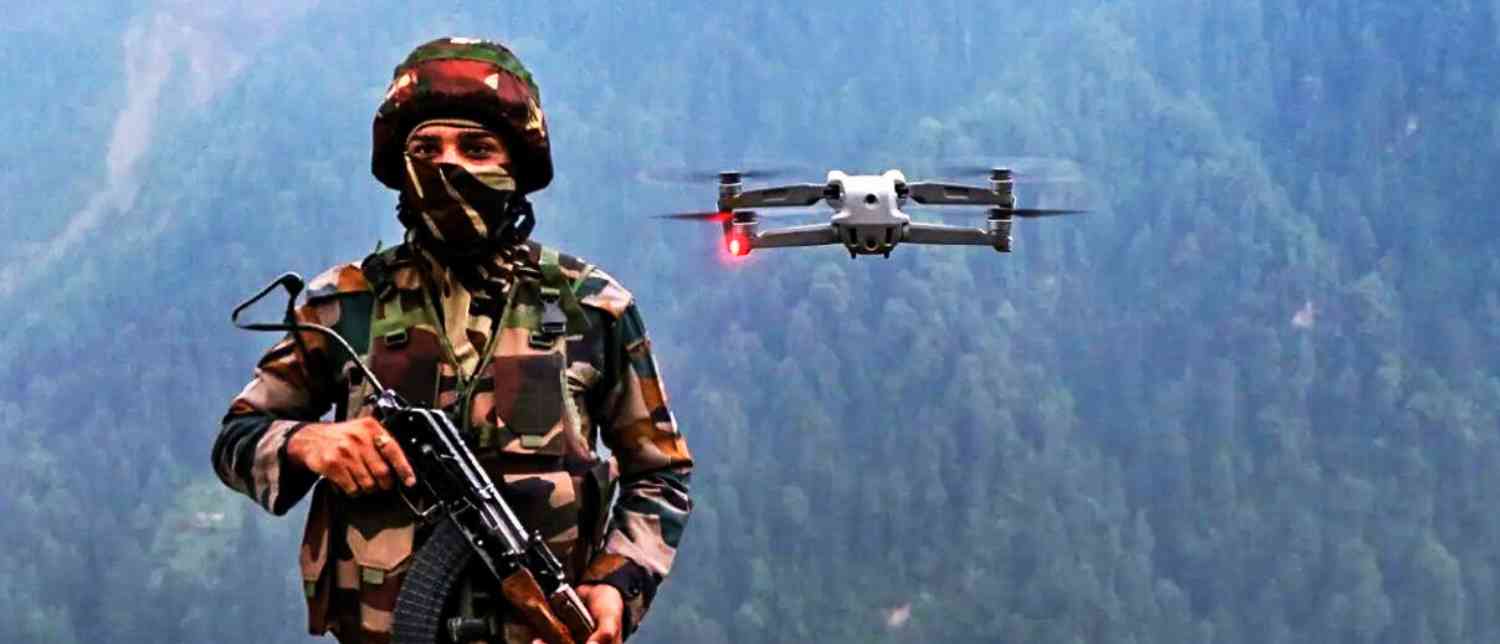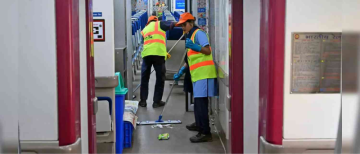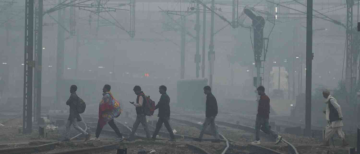The Indian Army is planning a major overhaul of its combat forces by deploying drones and counter-drone systems at the battalion level across its infantry, artillery, and armored units. This significant move follows lessons learned from "Operation Sindoor," which took place in May 2025 following a terror attack in Pahalgam. The operation highlighted the increasing importance of drone warfare in modern conflicts and has accelerated the army's efforts to integrate such technologies fully into its frontline units.
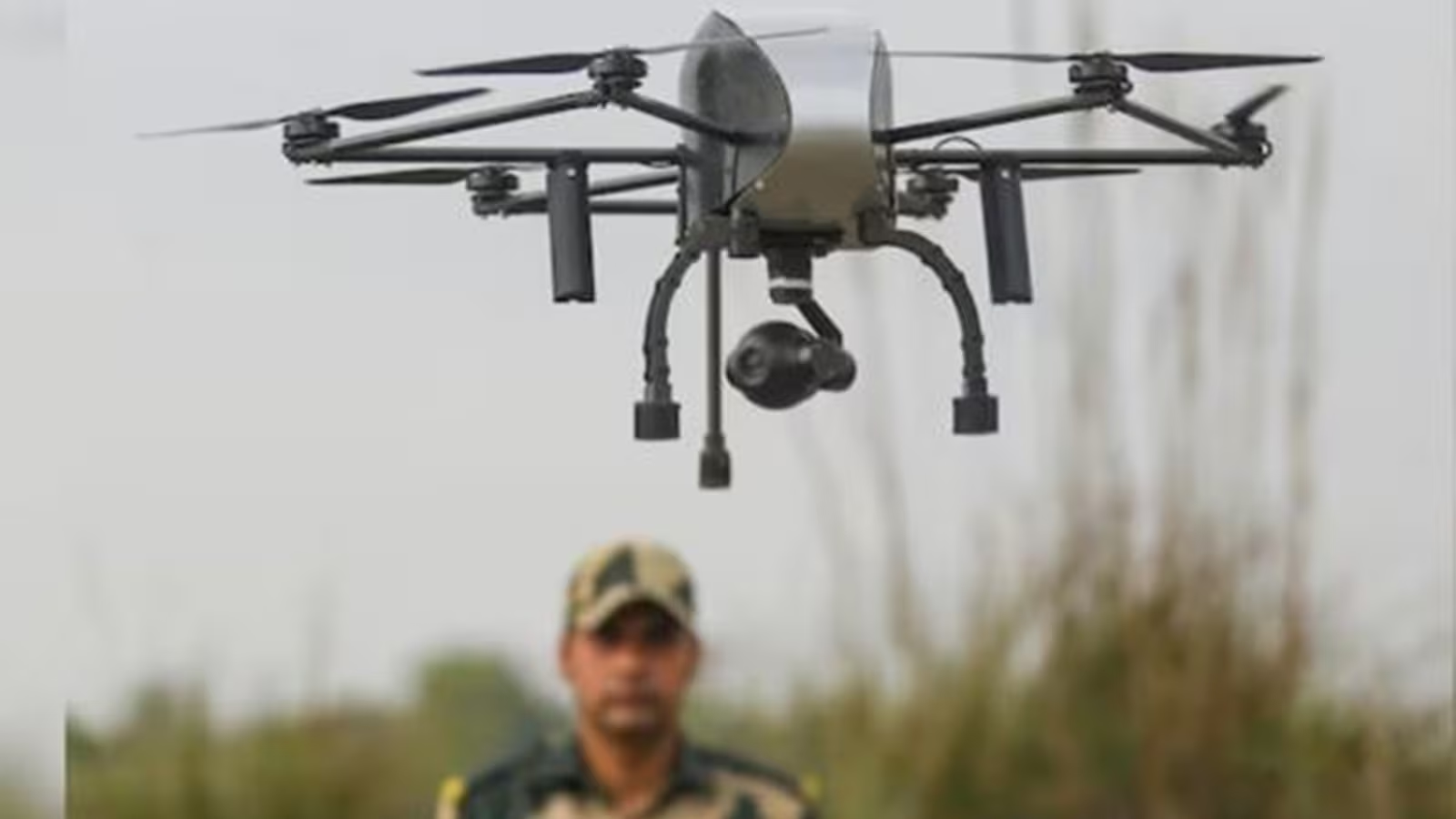
Until now, drones in many battalions have been used as secondary tools, with soldiers juggling drone operations alongside their primary battlefield duties. The new plan aims to create dedicated drone units within each battalion, where around 70 personnel in an infantry unit, for example, will focus exclusively on drone surveillance, reconnaissance, and counter-drone tasks. This will allow better training and maintenance as drone use becomes a standard part of military operations, not an afterthought.
Surveillance drones will be deployed even at lower levels such as platoon and company, enhancing situational awareness and real-time intelligence gathering. The commonly fragmented or ad hoc approach to drone deployment will be replaced by a structured and sustained effort, increasing the army's operational effectiveness, especially in hybrid warfare environments that involve both conventional and unconventional threats.
In addition, the Indian Army is raising 30 new light commando battalions called Bhairav battalions and introducing integrated "Rudra" brigades. These brigades will combine infantry, armor, artillery, and UAV units to operate independently with tailored logistics and mission-specific capabilities. Artillery regiments will also receive enhancements, including new drone batteries equipped with surveillance and combat drones to complement their traditional guns.
Operation Sindoor demonstrated the changing nature of warfare, with drones playing a central role in both offensive and defensive operations without crossing traditional borders. Experts emphasize that this reflects a broader trend where technology-driven remote warfare is increasingly common globally. Modern conflicts, like the ongoing Ukraine-Russia war, also show the growing role of drones for surveillance and targeted strikes.
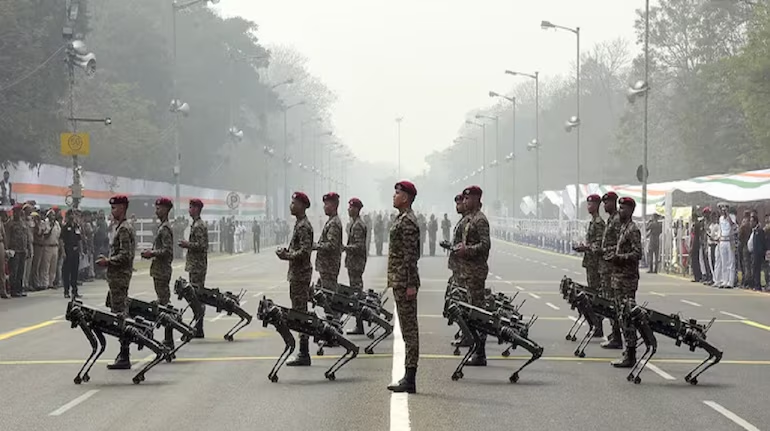
From a broader perspective, these changes indicate the army’s recognition of future battlefields being data-driven and network-centric, requiring rapid intelligence and precision engagement enabled by drones. This shift also demands specialized manpower and logistical support, changing how soldiers are trained and how equipment is supported at the ground level. It shows preparedness to face both conventional state adversaries and non-state militant threats where drone technology can be a force multiplier.
Overall, the Indian Army’s move to deploy drones widely at the battalion level, create specialized commando units, and restructure combat arms reflects an adaptive approach. It balances learning from recent operations with anticipating evolving warfare demands, aiming to maintain readiness without compromising traditional strengths. As this overhaul unfolds, balancing new technologies with soldier capabilities and operational realities will be key to future success.
With inputs from agencies
Image Source: Multiple agencies
© Copyright 2025. All Rights Reserved. Powered by Vygr Media.

